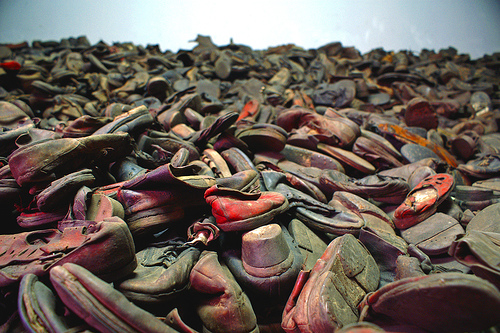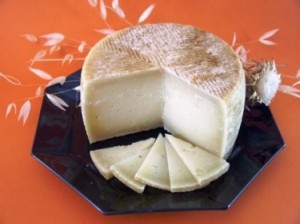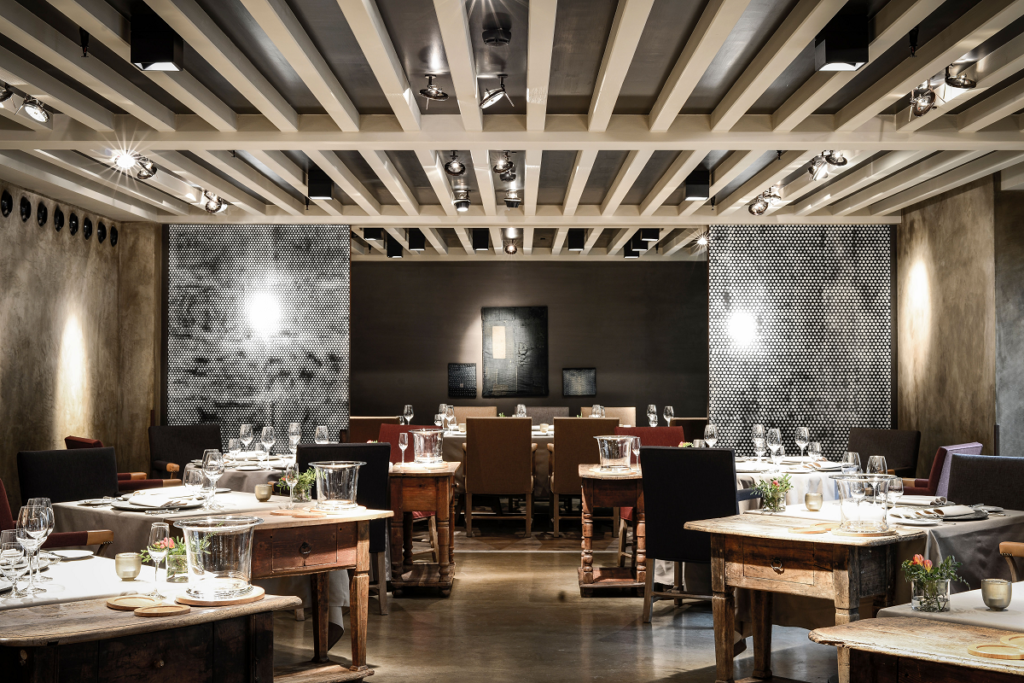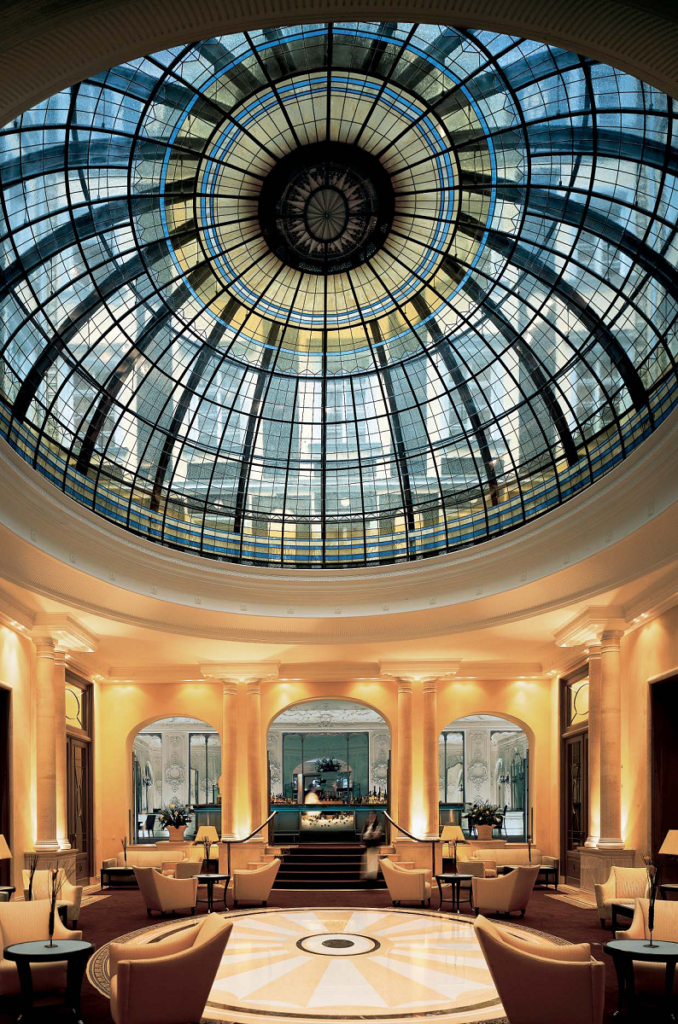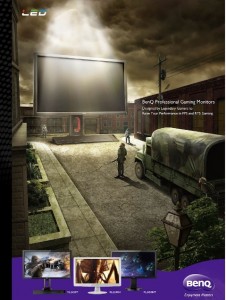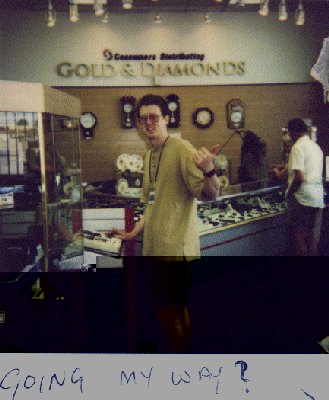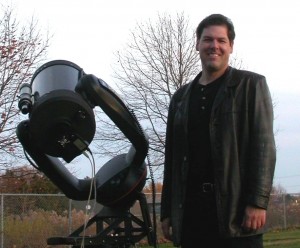From the rolling vineyards of Provence to the luxury Champagne houses of France, celebrities are turning their star power into wine brands. But do these bottles offer more than just a famous name on the label?
Whether it’s Brad Pitt’s critically acclaimed Château Miraval rosé or Jay-Z’s ultra-premium Ace of Spades Champagne, the world of celebrity-backed wines is booming. Some are passion projects backed by top-tier winemakers, while others are little more than expensive marketing plays. Below, vinicultural expert Peter Douglas Provides a break down a few top celebrity wines.

Wines and celebrities are an iconic match.
Both evoke a sense of lifestyle, luxury, and aspiration. So, it’s no surprise that some celebrities have ventured into the wine business, adding another income stream and supporting their brand image. Celebrity wines, like their owners, come in various styles. Some hip-hop artists favor Champagne, while others opt for rosé or non-alcoholic options.
Even if a celebrity isn’t a wine connoisseur themselves, aligning with a quality product enhances their personal brand. It sends a message that they have discerning taste, appreciate the finer things, and are willing to put their name behind something they believe in (or at least want you to think they believe in!).
Regardless of their involvement, the perception of quality is crucial. No celebrity wants to be associated with a wine considered cheap or poorly made. It could damage their reputation and make the whole venture backfire.
1. Brad Pitt & Angelina Jolie – Château Miraval (Provence, France)
When Brad Pitt and Angelina Jolie bought Château Miraval in 2011, it wasn’t just another celebrity purchase. Partnering with the quality-driven Perrin family, they released their first vintage in 2013, making waves in the rosé world.
Even after their war of the roses, Miraval remains a top-selling rosé. And for good reason.
It’s a classic Provence style: dry, medium-bodied, with bright acidity. Think fresh red cherries, ripe raspberries, and a touch of wild herbs. It’s crisp, refreshing, and has a lingering finish.
Is it worth the hype? Absolutely.
2. Francis Ford Coppola – Coppola Winery (California, USA)
Before celebrity wines were a thing, there was Francis Ford Coppola. The legendary director of The Godfather, Apocalypse Now, and The Conversation wasn’t just making cinematic masterpieces; he was quietly pioneering a wine empire, starting with vineyard purchases in the 1970s.
Coppola’s wine ventures are twofold: his namesake brand and the historic Inglenook estate in Napa Valley. While he sold the Francis Ford Coppola winery to Delicato Family Wines in 2021, Inglenook, a true Napa Valley icon, remains under his ownership.
The most important brands are:
Francis Ford Coppola Reserve Cabernet Sauvignon
The flagship from his Sonoma winery, known for its rich flavors and elegant structure. This is the wine for a special occasion, or, you know, just a Tuesday night when you feel like channeling your inner Vito Corleone.
Director’s Cut
This series takes a clever approach, linking each wine to a different aspect of filmmaking. It’s a fun concept and an excellent quality wine.
Inglenook Rubicon
Inglenook is one of Napa’s “grand wine estates,” and Rubicon is its crown jewel. This is a highly sought-after, exceptional wine that commands respect (and a higher price tag). If you want to experience Napa Valley at its finest, this is a must-try.
Whether you’re a film buff, a wine aficionado, or just curious, Coppola’s wines are definitely worth a try. They are positioned in the premium section, but the extra cost is worth a shot! After all, it’s an offer you can’t refuse.
3. Post Malone – Maison No. 9 (Provence, France)
From hip-hop stages to the rolling hills of Provence, Post Malone has made a surprising, yet somehow fitting, foray into the wine world. The American rapper, producer, guitarist, and purveyor of distinctive face tattoos launched his rosé brand, Maison No. 9..
More than just a celebrity endorsement, Maison No. 9 is a genuine expression of Post Malone’s passion for wine and his vision for a rosé he truly enjoys. The name, a reference to the Nine of Swords tarot card, lends the brand a touch of mystique.||
Produced in partnership with Estandon Vignerons, Maison No. 9 comes in a distinctive bottle and expresses the classic pale salmon pink hue typical of Provençal rosés.
On the nose, it’s a bouquet of inviting aromas: think fresh strawberries and raspberries mingling with delicate white floral notes and a whisper of citrus. The palate is dry and refreshing, with a vibrant acidity that keeps things lively. Flavors of ripe strawberry and watermelon dance on the tongue, complemented by a subtle citrusy edge.
Maison No. 9 hits the spot for those who appreciate a refreshing rosé and enjoy the energy of Post Malone’s music. It’s a well-made wine that shows he’s got more than just “Circles” in his repertoire.||
4. Jay-Z – Armand de Brignac (Champagne, France)
A gold bottle, the iconic Ace of Spades logo, and a price tag that raises eyebrows: Armand de Brignac, or “Ace of Spades” as it’s more commonly known, is Jay-Z’s foray into the world of luxury Champagne. Launched in partnership with the Champagne house Terroirs des Maison, the brand was conceived as a symbol of opulence, a statement piece as much as a drink.
The blend itself is a multi-vintage cuvée, typically composed of about 40% Chardonnay, 40% Pinot Noir, and 20% Pinot Meunier. In the glass, it shimmers with a luminous pale gold hue, releasing a complex bouquet of ripe orchard fruits, bright citrus zest, and delicate notes of brioche. The palate is both creamy and vibrant, revealing layers of golden apple and juicy peach, with a subtle hint of toasted almond. An elegant mousse (the delicate bubbles) underscores the experience, leading to a persistent finish with a touch of minerality.
Jay-Z’s commitment to the brand is clear. In 2014, he acquired full ownership, solidifying his dedication. Over the years, Ace of Spades has become a champagne of the elite in nightclubs and high-end events, cementing its status as a prestige Champagne. This hard work culminated in 2021 when the luxury conglomerate Louis Vuitton Moët Hennessy (LVMH) purchased a 50% stake in the brand, officially placing it among the titans of Champagne, alongside names like Dom Pérignon and Krug.
Ace of Spades is more than just about the bling, as it’s an excellent-quality Champagne. Jay-Z has transformed from a successful musician to a pioneer in the wine industry. He’s undeniably achieved “Empire State of Mind” status and pioneered the Champagne category.
5. Thomas Anders – Modern Talking (Rheinhessen, Germany)
From the synth-driven sounds of 80s pop to the quiet vineyards of Rheinhessen, Thomas Anders of Modern Talking has embarked on a new venture. The “Titans of Pop,” known for hits like “You’re My Heart, You’re My Soul,” have traded the stage for the cellar, with Anders partnering with the St. Antony winery.
This collaboration, based near his hometown, reflects his passion for wine. Since 2022, they’ve produced the “Anders Grauburgunder” (Pinot Gris) and expanded into sparkling and rosé wines. As Anders himself puts it, “For me, wine is more than just a drink…It’s the same with music.” However, these wines are only available through their website in select markets.
6. Kylie Minogue – Kylie Minogue Wines (Various regions)
Like a “Timebomb,” Kylie Minogue exploded onto the wine scene in 2020, partnering with Benchmark Drinks. With a career spanning decades, Kylie Minogue has cemented her status as a global pop icon.
From her early days on the Australian soap opera Neighbours to her chart-topping hits like “I Should Be So Lucky,” “Spinning Around,” and “Can’t Get You Out of My Head,” Kylie has consistently reinvented herself, captivating audiences worldwide. Now, she’s bringing that same energy and style to the world of wine with her self-titled brand, which includes:
Prosecco Rosé
This fancy bottle, adorned with Kylie’s signature, is a fruit-driven, light, and elegant sparkling wine. The Australian singer brings her musical flair to life through this bubbly sensation.
Kylie Minogue No Alcohol Sparkling Rosé
A refreshing and finely balanced non-alcoholic sparkling rosé with elegant hints of strawberries. Perfect for those who want to “Spin Around” without the hangover.
And many more! Kylie’s wine offerings are constantly expanding, including Sauvignon Blanc, Rosé, and other varietals and regions.
Kylie Minogue Wines has swiftly established itself as a serious and stylish brand dedicated to producing excellent wines. Her expanding portfolio offers numerous award winners, solidifying Kylie’s presence as a noteworthy figure in the wine and music industry. This is a brand producing excellent wines and definitely one to watch closely.
So are celebrity wines worth the hype?
Yes, these celebrity wine brands are great gifts and often deliver on quality. You pay a premium, but you get a taste of a lifestyle.
For the Silo, Peter Douglas, VinoVoss.com Wine Expert
Peter Douglas, DipWSET, is a wine expert with the “VinoVoss AI Sommelier” smartphone app and web-based semantic wine search and recommendation system developed by BetterAI. VinoVoss picks the perfect wine every time, for any occasion courtesy of a highly advanced artificial intelligence assist. Douglas is an experienced wine trade professional with a diverse background in the HORECA industry, specialist stores, purchasing, portfolio management, and general wine trade. He also possesses hands-on experience in winemaking, further enhancing his knowledge and understanding of the industry. Peter’s qualifications include the WSET-Level 4 Diploma in Wines and Spirits, and currently, he is in Stage 2 of pursuing the most esteemed and prestigious title in the wine industry, Master of Wine. Peter’s expertise extends to consulting distributors and importers, as well as assisting in enhancing the wine portfolio of on-trade settings. Additionally, Peter serves as a wine agent, proficient in sourcing specific SKUs at favorable prices for clients’ portfolios. He can be reached via www.VinoVoss.com.
Supplemental- Canada’s “Great One”
Honorary Canadian Snoop Dogg 19 Crimes
A Ridiculously Honest, Yet Surprising Review of Snoop Dogg’s Wine















 The true “spirit” of the holiday season (oops, I meant to say Christmas) is for people to pause and give thanks. According to the man-made calendar of months and years, we are getting ready to start a New Year.
The true “spirit” of the holiday season (oops, I meant to say Christmas) is for people to pause and give thanks. According to the man-made calendar of months and years, we are getting ready to start a New Year.
 This material is soft, and easy to sew together in new combinations- injecting creativity into a new favorite sweatshirt .
This material is soft, and easy to sew together in new combinations- injecting creativity into a new favorite sweatshirt .









 It’s been almost a decade and a half since Casey Affleck’s I’m Still Here perplexed us all. On reflection, it is a piece of modern motion picture history and a masterpiece.
It’s been almost a decade and a half since Casey Affleck’s I’m Still Here perplexed us all. On reflection, it is a piece of modern motion picture history and a masterpiece.












